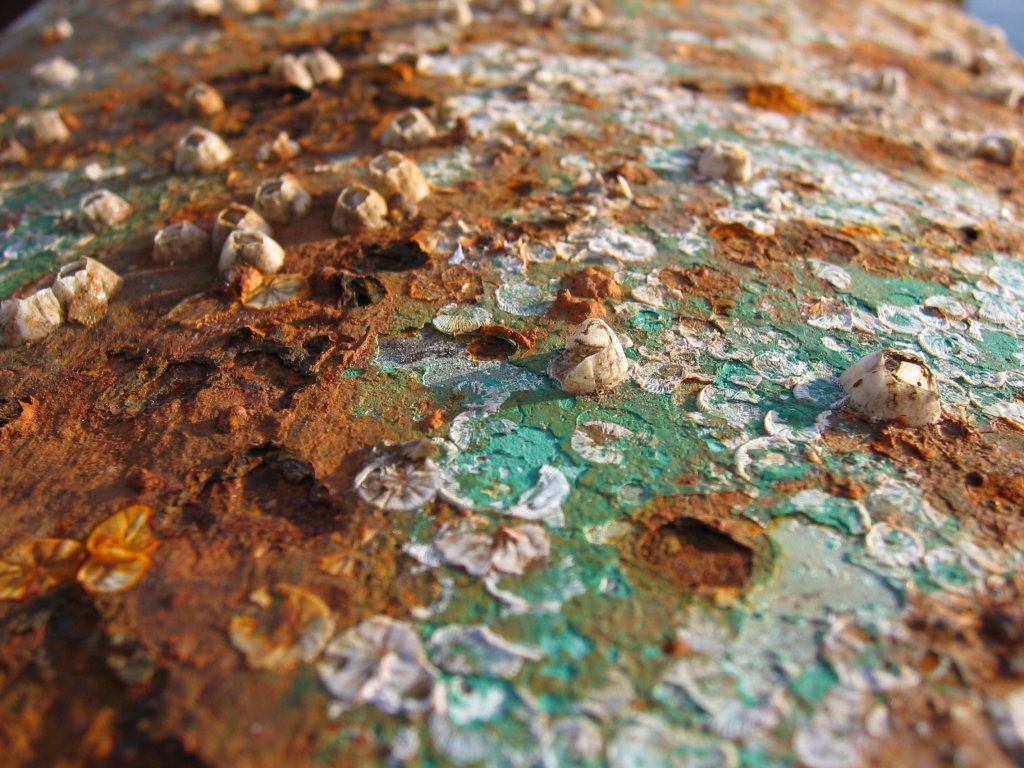Team:Groningen/Applications
From 2010.igem.org
(→Applications of biofilms) |
(→Applications of biofilms) |
||
| Line 5: | Line 5: | ||
The idea to make a biological coating has quite some advantages. For once biological coatings are quick to grow and the raw materials necessary for biofilm growth are low in cost and plentiful available. So far there have been many coatings with biological substances, but so far bacteria where only used to produce the coating material. In our project the bacteria will form a biofilm on the desired surface which will then function as a coating. Our bacteria therefore execute the coating process themselves, which could save a lot of effort. | The idea to make a biological coating has quite some advantages. For once biological coatings are quick to grow and the raw materials necessary for biofilm growth are low in cost and plentiful available. So far there have been many coatings with biological substances, but so far bacteria where only used to produce the coating material. In our project the bacteria will form a biofilm on the desired surface which will then function as a coating. Our bacteria therefore execute the coating process themselves, which could save a lot of effort. | ||
| - | For our biofilm we have chosen ''Bacillus subtilis'' | + | For our biofilm we have chosen ''Bacillus subtilis''. |
'''Antifouling coating''' | '''Antifouling coating''' | ||
Revision as of 13:46, 23 August 2010
Applications of biofilms
Biofilms as a biological coating
The idea to make a biological coating has quite some advantages. For once biological coatings are quick to grow and the raw materials necessary for biofilm growth are low in cost and plentiful available. So far there have been many coatings with biological substances, but so far bacteria where only used to produce the coating material. In our project the bacteria will form a biofilm on the desired surface which will then function as a coating. Our bacteria therefore execute the coating process themselves, which could save a lot of effort.
For our biofilm we have chosen Bacillus subtilis.
Antifouling coating
When marine micro-organisms like algea or poks adhere to the hull of ships, they form a layer which greatly increases drag in the water. This results in higher fuel costs and increased erosion. To prevent organisms to adhere to the hull of ships, chemical antifouling paints which often contain copper and tin are used. A lot of these chemicals eventually end up in the oceans ecosystems accumulating in all trophic levels of marine life and contaminating estuarial silt near shipping routes. Estimates show that in the Netherlands alone, approximately 19 tuns of organotin and 30 tuns of copper end up in the environment every year.

Because of these environmental objections to chemical antifouling coatings, our hydrophobic bioflm would be a great ecological alternative. This hydrophobic biofilm could prevent the adhesion of spores and plankton to ship hulls, thereby preventing the growth of marine fouling organisms.
Waterresistance
Antifungal
Medical coatings
Dispersants
 "
"